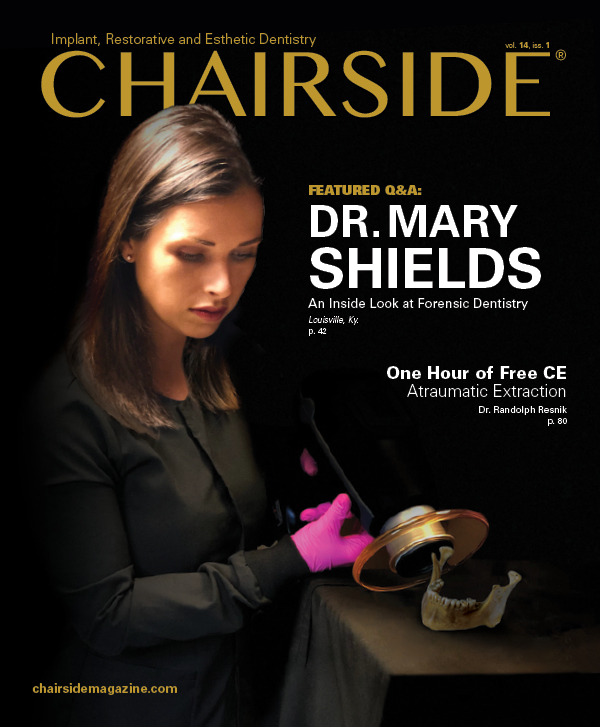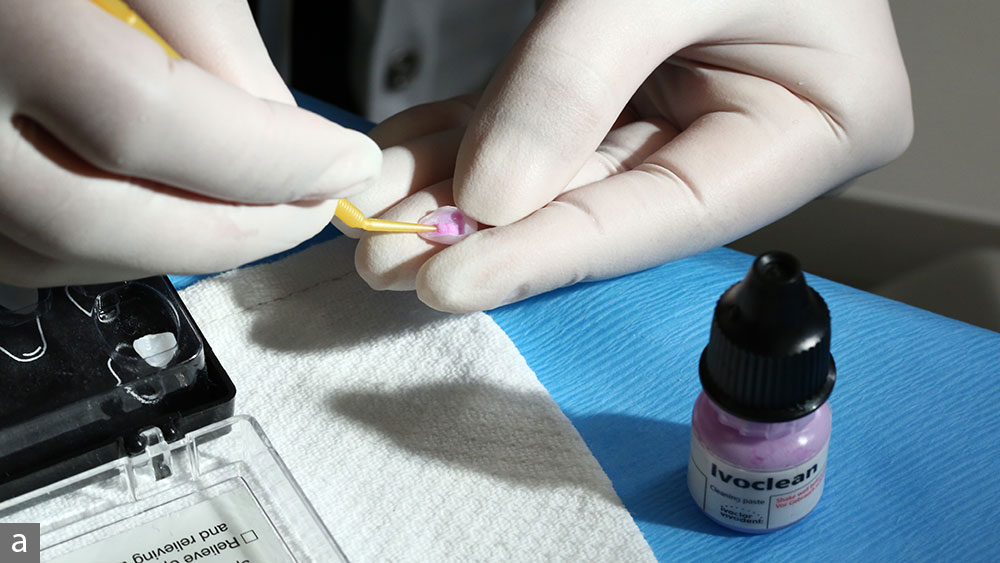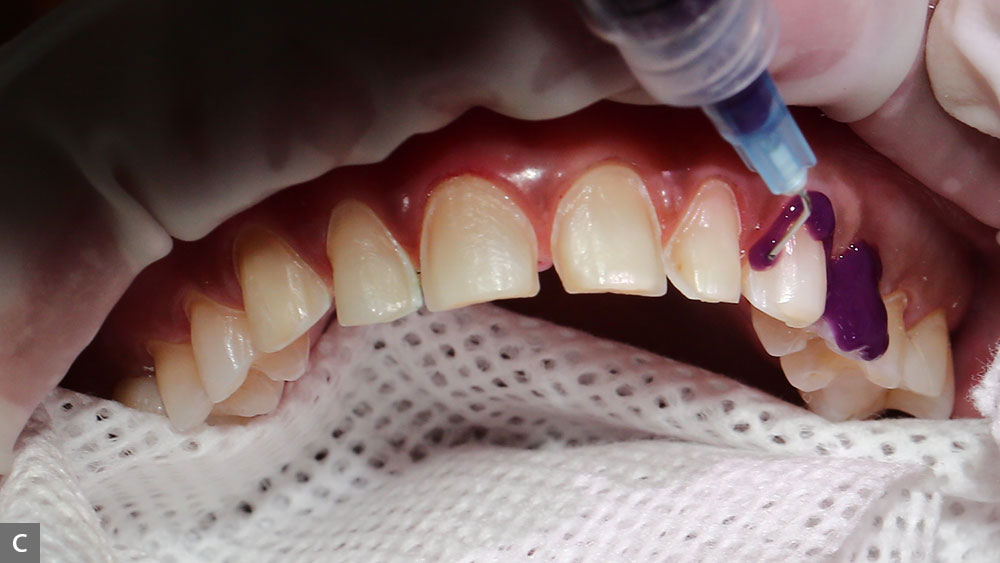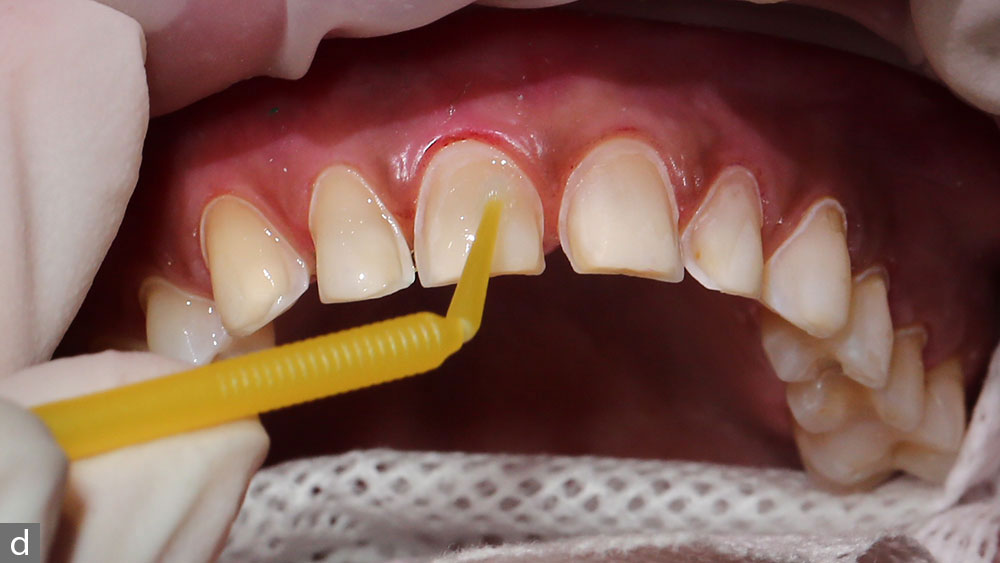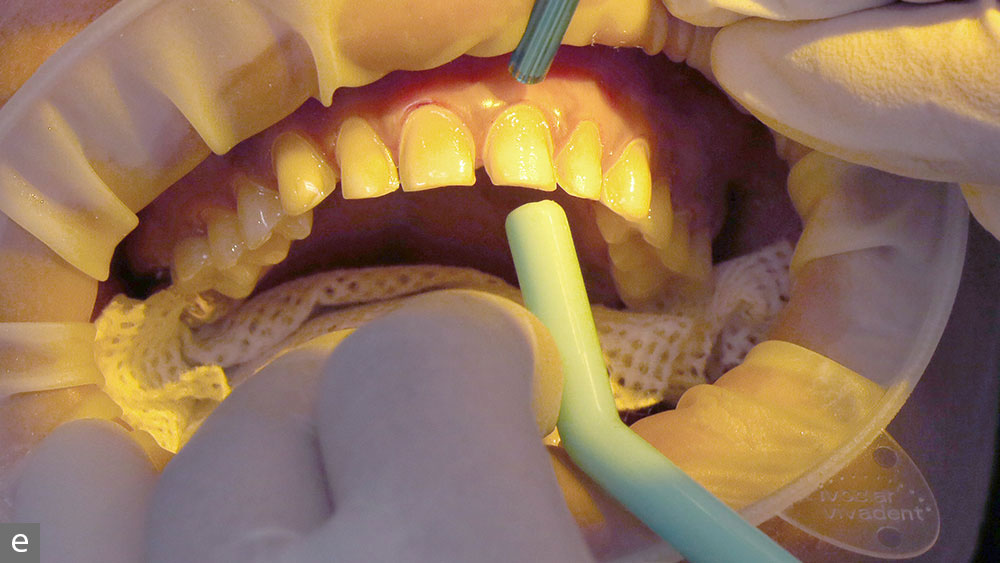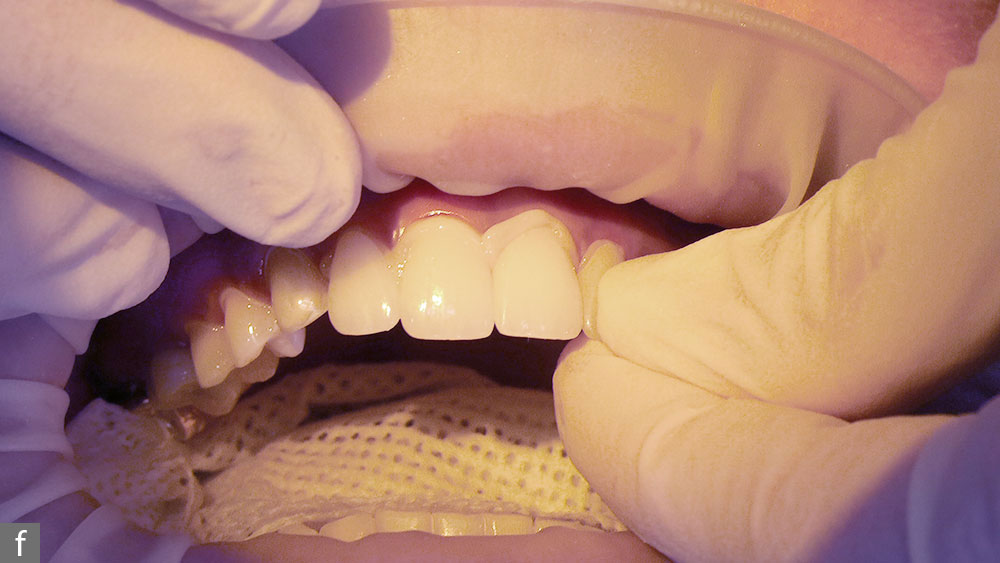Letters to the Editor: Bonding Monolithic Zirconia with Justin Chi, DDS, CDT

We often receive questions from our readers seeking advice on the latest techniques, materials and treatment protocols in restorative and esthetic dentistry. Here, we’ve asked Dr. Justin Chi, director of clinical technologies at Glidewell Dental, to answer a few questions about bonding monolithic zirconia, which is one of the most common topics we see in the letters we receive from dentists.
What is your preferred bonding protocol for BruxZir® Esthetic veneers? What materials do you use and what steps do you follow?
The key with bonding zirconia is properly treating the intaglio surface of the restorations prior to cementation. When we try in the restorations, they become contaminated with salivary phosphates that have a very high affinity for zirconia. We must clean these phosphate groups off in order to establish a strong chemical bond between the tooth prep and the restoration. Any of the following three methods can effectively decontaminate the restoration:1
- Air abrasion with 50-micron aluminum oxide, with 1–2 bars of pressure.
- Ivoclean by Ivoclar Vivadent.
- 1 percent sodium hypochlorite.
Once the zirconia surfaces are decontaminated, an MDP-containing primer (10-Methacryloyloxydecyl dihydrogen phosphate) such as Monobond Plus (Ivoclar Vivadent; Amherst, N.Y.) needs to be applied. The MDP monomer chemically adheres to zirconia and, after application, the restoration is ready for cementation.
For the tooth preparations, I use a total-etch protocol:
- Etch with 37 percent phosphoric acid for 15–20 seconds on enamel, 5–10 seconds on dentin.
- One-minute application of GLUMA® Desensitizer (Heraeus Kulzer, LLC; South Bend, Ind.); then, aspirate or wipe off excess.
- Scrub in Kerr OptiBond™ Universal adhesive (Kerr Corporation; Orange, Calif.); then, aspirate excess, air-thin to remove solvents, and light-cure for 10 seconds.
- Cement the veneer with NX3 Nexus™ Third Generation light-cure resin cement (Kerr Corporation). I prefer using a light-cure cement versus a dual-cure for veneers because it allows me unlimited working time to position the restorations.
Bonding Protocol for Vivaneer™ BruxZir® Esthetic Veneers
How is bonding BruxZir Solid Zirconia different from bonding IPS e.max®?
The difference between bonding BruxZir Solid Zirconia and IPS e.max lies within the surface treatment of the restorations. As a silica-based glass ceramic, IPS e.max is etched with hydrofluoric acid to create the microporosities for micromechanical retention, followed by a silane application that serves as the coupling agent between the restoration and resin cement.
Zirconia, on the other hand, is roughened with aluminum oxide air abrasion, followed by the application of MDP-containing primer to couple resin cement to zirconia. However, MDP can’t adhere if the restoration isn’t cleaned properly as described above.
The etching and initial air abrasion steps are completed at Glidewell Laboratories, so the dentist is responsible only for applying the coupling agent — after decontaminating the tried-in restoration in the case of zirconia. Once the surface treatment is completed, the bonding protocol on the tooth preparations is the same.
IPS e.max is a registered trademark of Ivoclar Vivadent.
References
- ^Kim DH, Son JS, Jeong SH, Kim YK, Kim KH, Kwon TY. Efficacy of various cleaning solutions on saliva-contaminated zirconia for improved resin bonding. J Adv Prosthodont. 2015 Apr;7(2):85-92.

